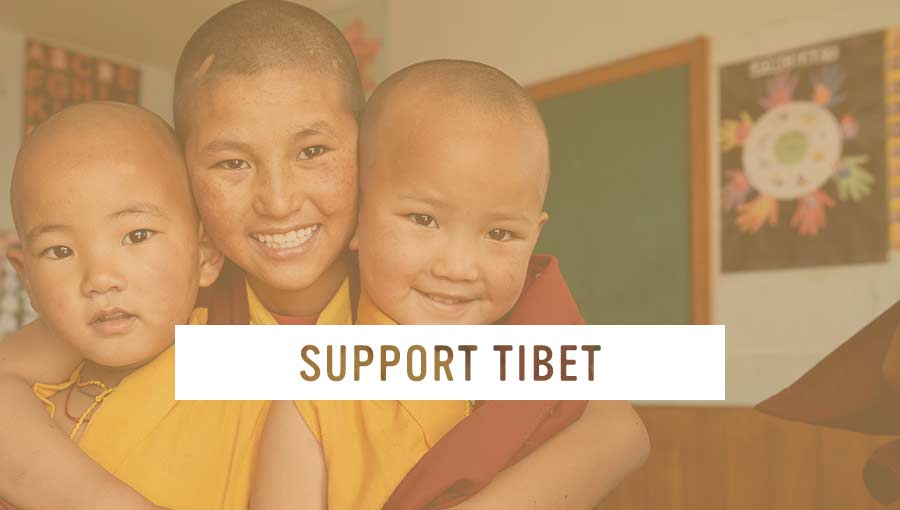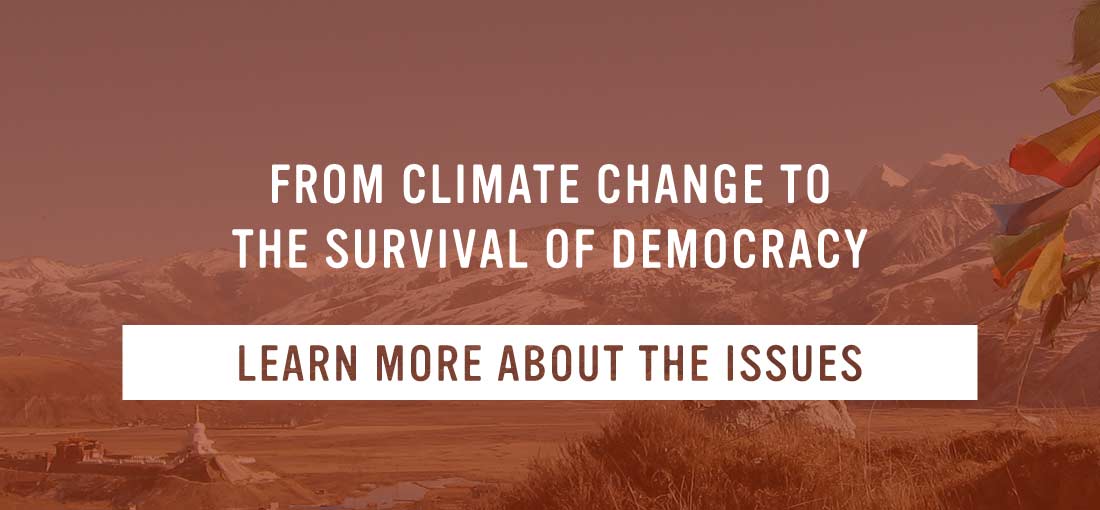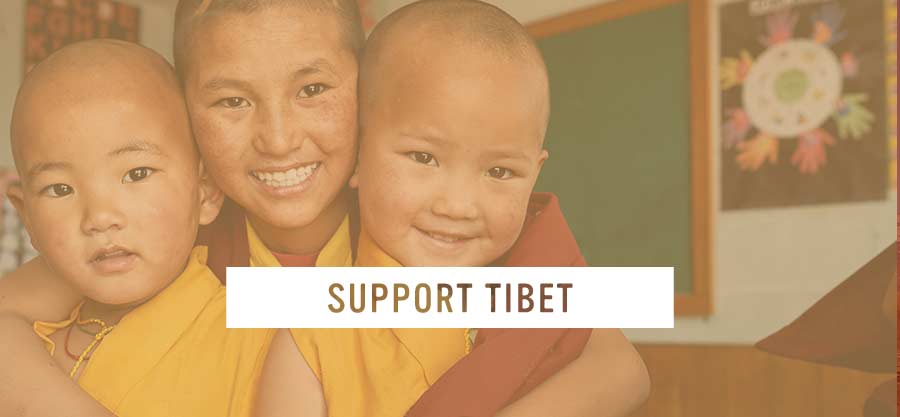NONVIOLENCE
Despite facing incredible brutality, the Tibetan people have remained committed to nonviolence.
Their peaceful resistance distinguishes the Tibetan struggle from many others in the world today.
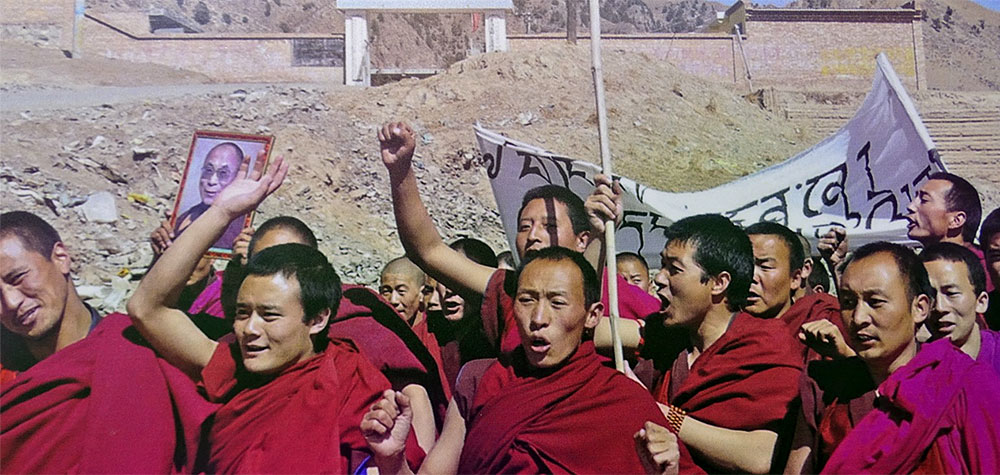
According to the Central Tibetan Administration, more than 1 million Tibetans have died as a direct result of China’s invasion and occupation of their land. Tibetans are denied the most basic human rights, and they live in what Freedom House calls the second least-free country and region in the world, behind only Syria and worse than even North Korea.
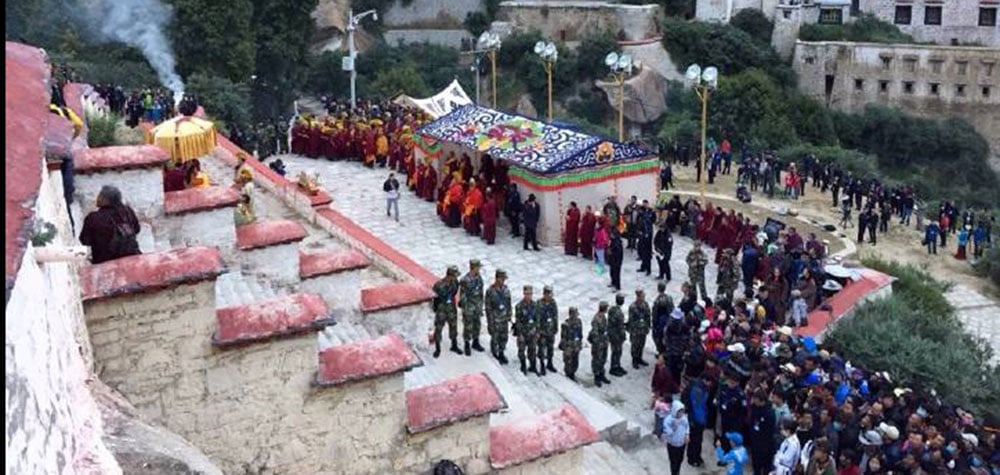
In the face of this immense oppression, Tibetans have followed the Dalai Lama’s advice and stayed largely nonviolent. The absence of violence in the Tibetan struggle is an inspiration and a positive model for persecuted groups around the world that the international community must support.
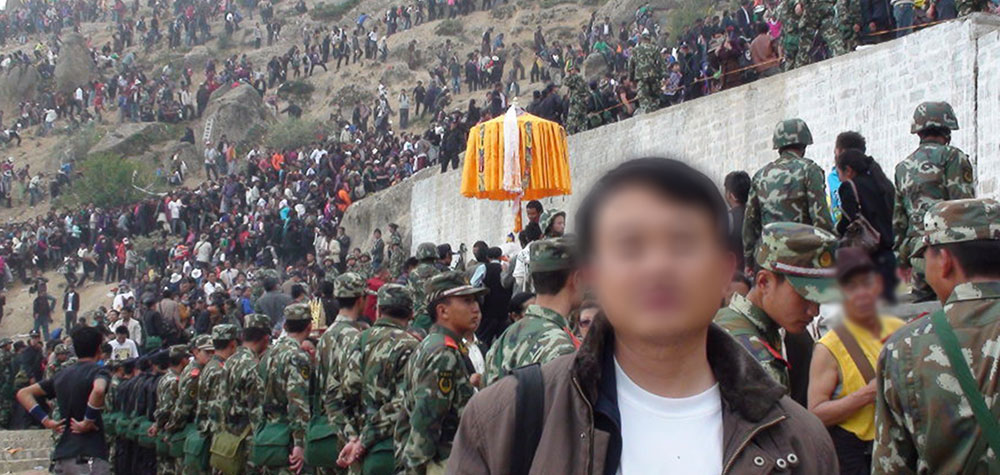
Following in the footsteps of Mahatma Gandhi and Martin Luther King Jr., the Dalai Lama is perhaps the greatest advocate of peace and nonviolence in the world today. In 1989, he received the Nobel Peace Prize.
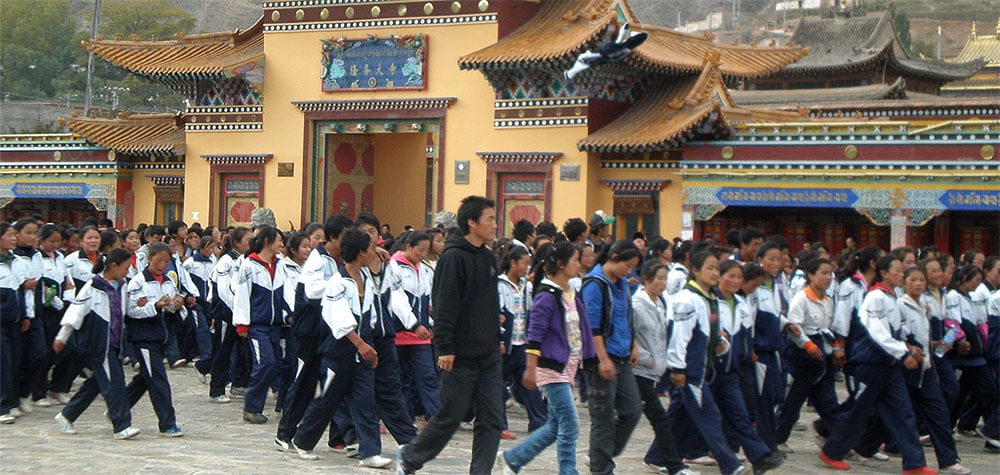
Far from passivity, nonviolence requires active commitment and courage. The people of Tibet have never stopped protesting and organizing peacefully, even though so many of them have been jailed and tortured for doing so.
As ICT’s late executive chairman Lodi Gyari said, “To struggle nonviolently is the most difficult struggle…Every moment, it is a new dedication that we have to make.”
![]()
Despite facing incredible brutality, the Tibetan people have remained committed to nonviolence.
Their peaceful resistance distinguishes the Tibetan struggle from many others in the world today.
According to the Central Tibetan Administration, more than 1 million Tibetans have died as a direct result of China’s invasion and occupation of their land. Tibetans are denied the most basic human rights, and they live in what Freedom House calls the second least-free country and region in the world, behind only Syria and worse than even North Korea.
In the face of this immense oppression, Tibetans have followed the Dalai Lama’s advice and stayed largely nonviolent. The absence of violence in the Tibetan struggle is an inspiration and a positive model for persecuted groups around the world that the international community must support.
Following in the footsteps of Mahatma Gandhi and Martin Luther King Jr., the Dalai Lama is perhaps the greatest advocate of peace and nonviolence in the world today. In 1989, he received the Nobel Peace Prize.
Far from passivity, nonviolence requires active commitment and courage. The people of Tibet have never stopped protesting and organizing peacefully, even though so many of them have been jailed and tortured for doing so.
As ICT’s late executive chairman Lodi Gyari said, “To struggle nonviolently is the most difficult struggle…Every moment, it is a new dedication that we have to make.”
![]()









